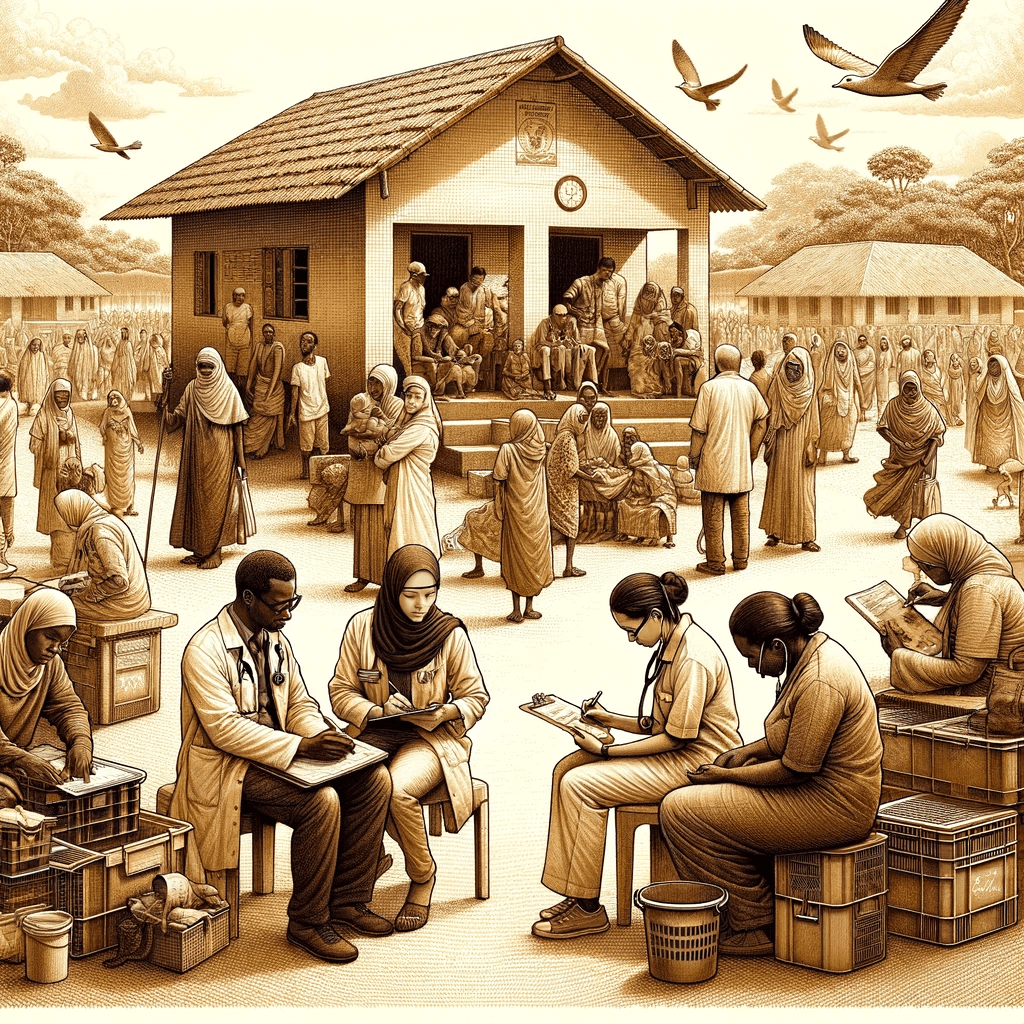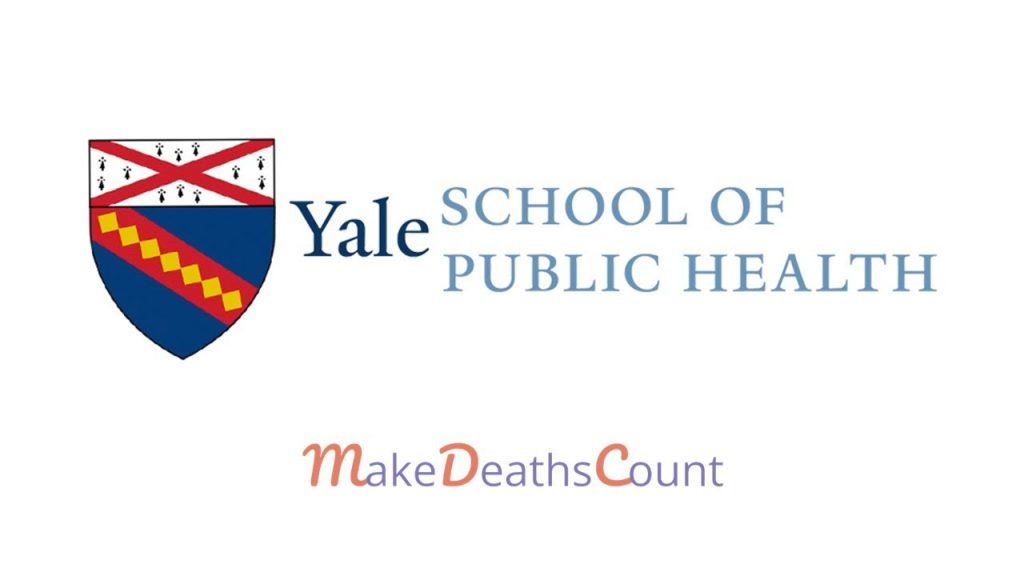
Low and middle income countries have a significant lack of mortality surveillance and civil registration. To reiterate, mortality surveillance is the processing and analysis of death records and It is specifically the worst in some parts of the Sub-Sahara African and South East Asian regions. The lack of mortality surveillance has a variety of impacts on hospitals in those regions.
Quality of care: Mortality surveillance is crucial to improving patient treatment within hospitals. Without a comprehensive understanding of patient outcomes, healthcare providers struggle to identify specific areas that require attention and improvement. The lack of targeted interventions can result in stagnant or declining standards of care in low and middle income countries
Resources: Hospitals rely on mortality surveillance to successfully allocate resources for patient care. When observing mortality data, it can provide information that certain medications may be more effective in treating diseases. This has been done to treat diseases from small-pox to the recent Covid-19 pandemic. However in low and middle countries with a lack of such information, they are slower in understanding effective treatments for diseases and properly allocating the resources needed for treatment.
Currently, low and middle income countries rely on sparse data from a small number of population-based studies that employ verbal autopsy interviews with bereaved relatives about symptoms and signs to attribute specific causes of death. MakeDeathsCount is working to improve the amount of data collected through development of an application that will allow community healthcare workers to collect mortality data as well as allow self reporting. Increasing the amount of deaths recorded we can increase the quality of care within hospitals and save lives.




